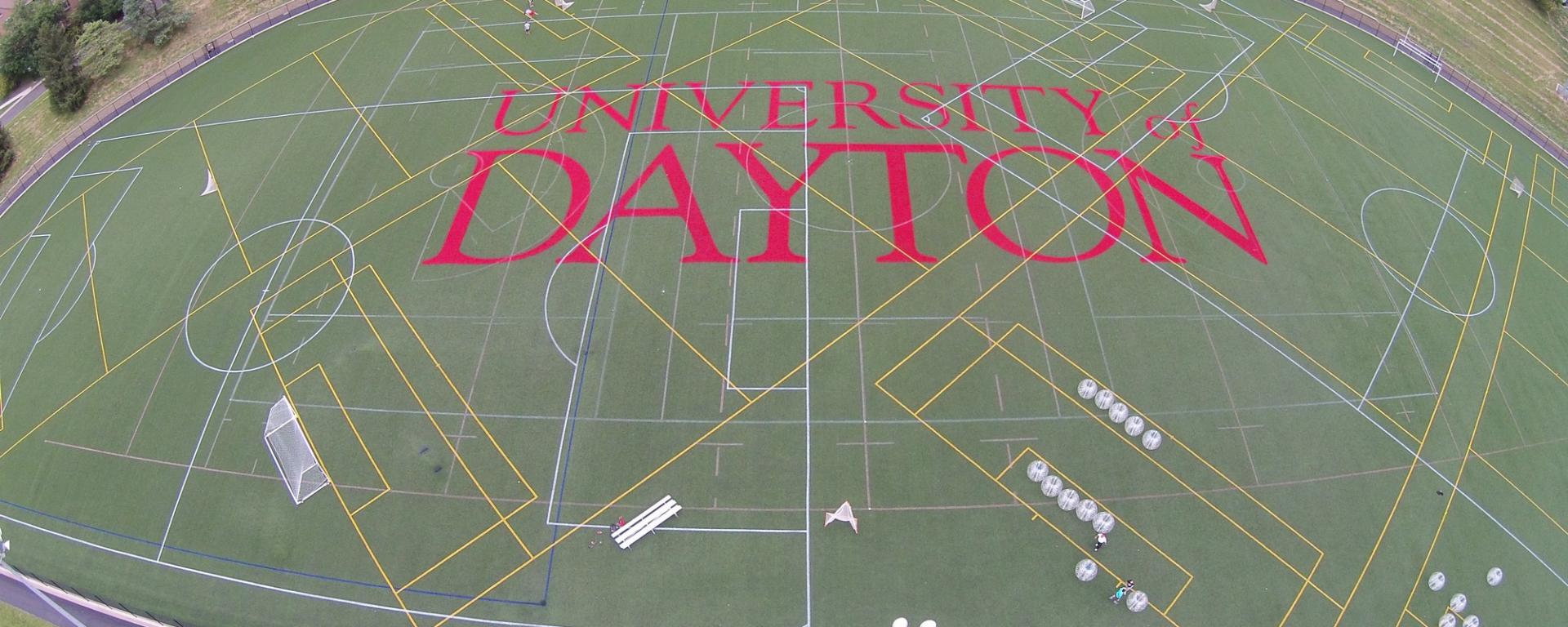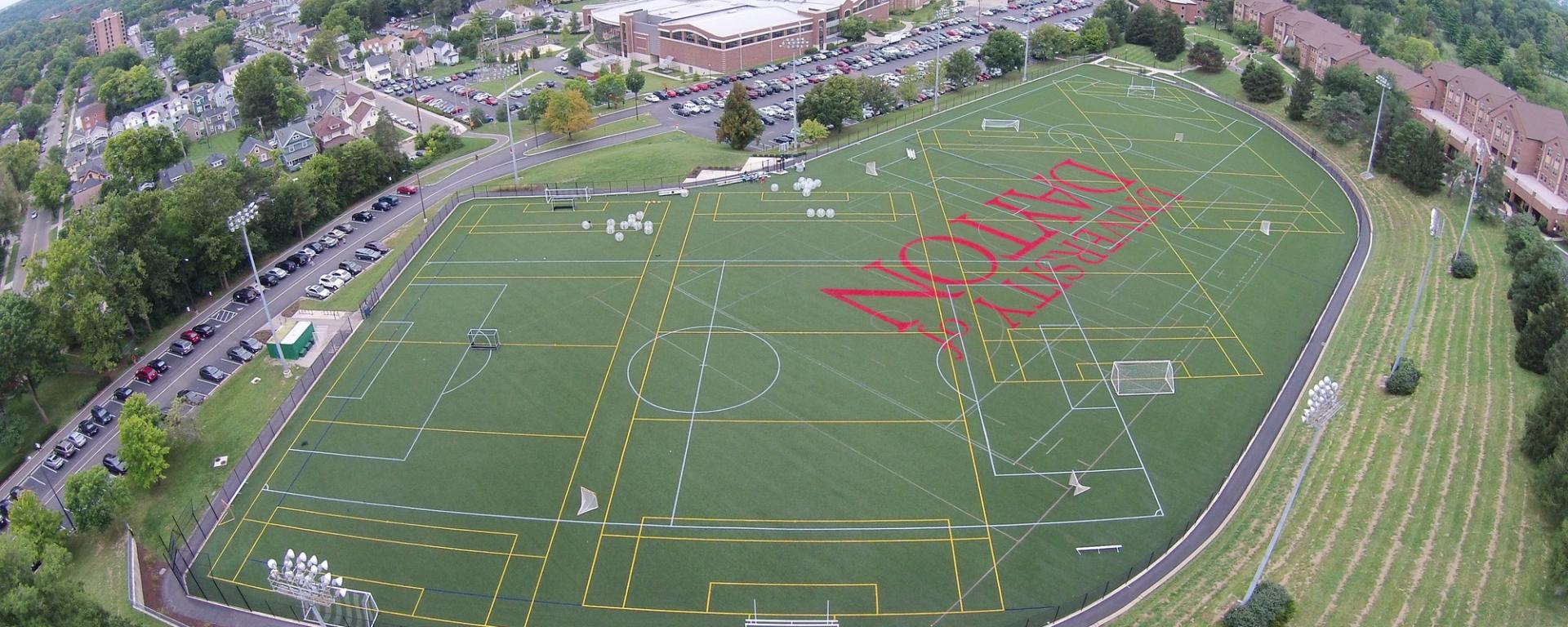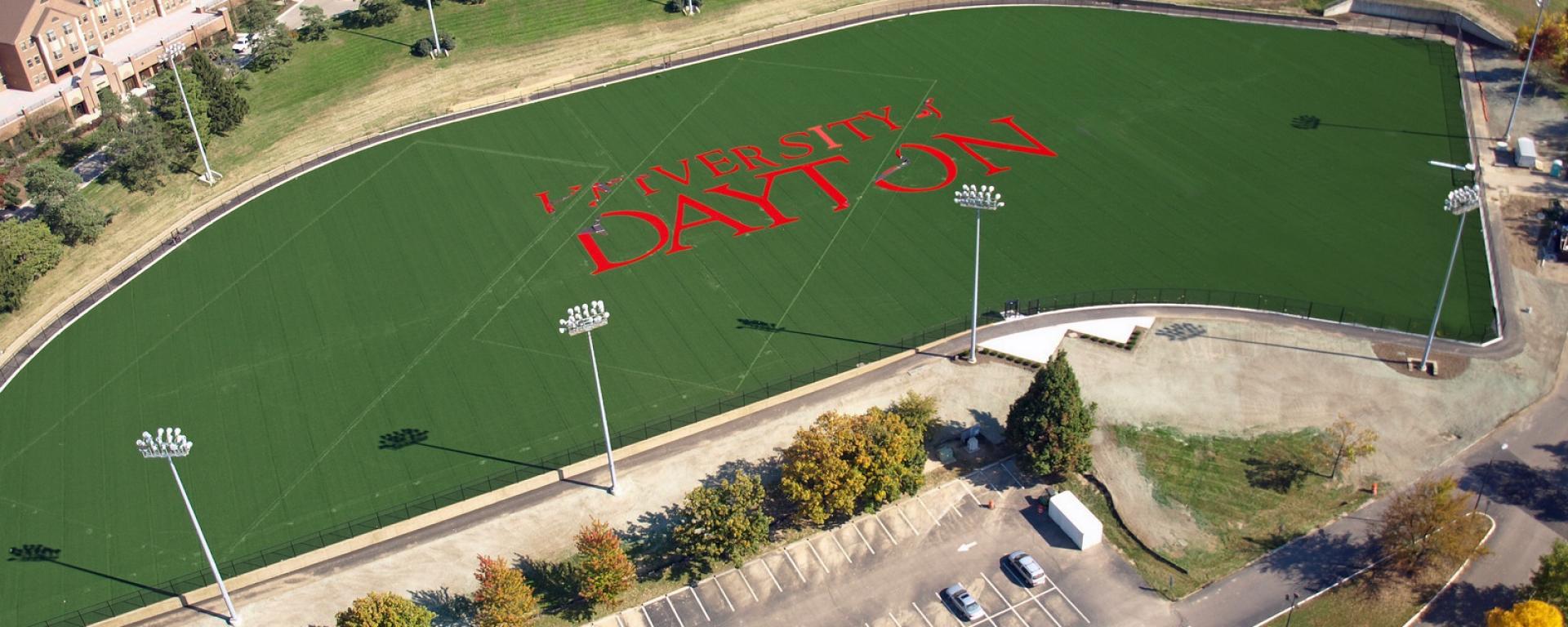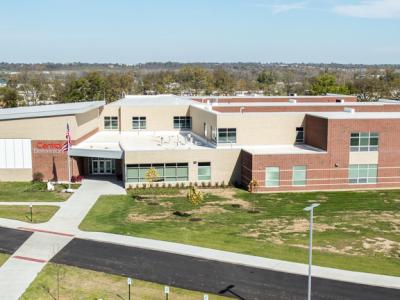Project Highlight
Bayer Becker is proud to have taken the lead role in the design and installation of the University of Dayton’s synthetic turf field. As the lead design consultant, Bayer Becker was responsible for the efforts of several subconsultants including landscape architects, geotechnical engineers and mechanical and electrical engineers. The 6.5 acre project features a 222,465 square foot synthetic turf field designed to accommodate multiple smaller fields and used for intramural sports including football and soccer among others. In addition to the fields, Bayer Becker’s design responsibilities included new perimeter curb and fencing, concrete and asphalt walks, retaining walls, and storm drainage and detention facilities.
As project manager, Bayer Becker facilitated several high level design meetings involving all the relevant players, especially university staff and students, prior to design. Based on those meetings a design was created that ensured the needs of all the parties were met. In addition to the site design, Bayer Becker served as the project manager taking the lead in administering the RFQ process for the synthetic turf installer and managing the design subconsultants. After the project bidding Bayer Becker spearheaded a value-engineering phase that effectively reduced the total project cost.
The site had many unique challenges. Special consideration was given to the proposed earthwork activities based on poor existing soil conditions. Secondly there was limited space on site for a storm water detention basin to handle the post-construction runoff. To alleviate the basin issue, the project team coordinated with the synthetic turf installer, storm water representatives from the City of Dayton, and leading hydraulic and synthetic turf researchers at The Ohio State University to come up with a strategy that utilized the stone base under the turf to meet storage requirements. In addition, existing storm sewers were re-routed on site to alleviate flooding problems at an existing building downstream. The project also required the verification and relocation of water and underground utilities.
Work on the field was completed in the fall of the 2011 school year, allowing the fields to be used for the University’s intramural season.







